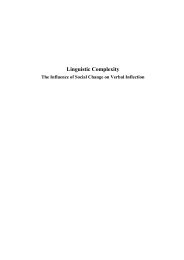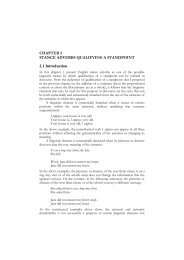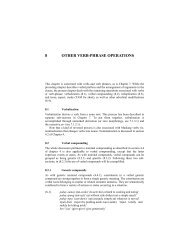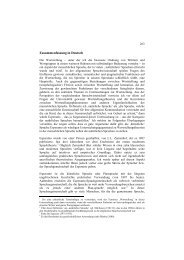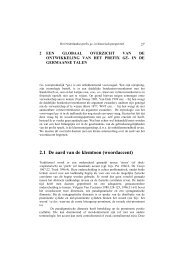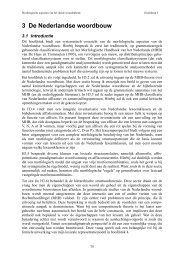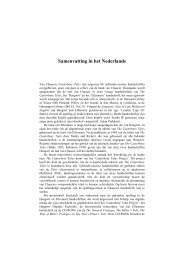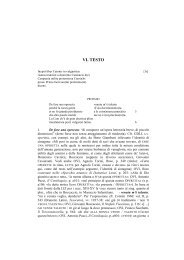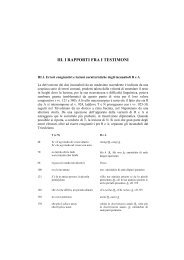Chapter 9 - LOT publications
Chapter 9 - LOT publications
Chapter 9 - LOT publications
You also want an ePaper? Increase the reach of your titles
YUMPU automatically turns print PDFs into web optimized ePapers that Google loves.
Accounts of SLI in Afrikaans<br />
order to prevent the derivation from crashing (cf. Hornstein et al.<br />
2005:295). By contrast, the tense feature of the head T of TP is assumed<br />
to be semantically uninterpretable, which means that it has to be checked<br />
and eliminated in the course of deriving the LF-representation of the<br />
sentence (cf. Biberauer and Roberts 2005; Legate 2002:3). 143 Thus, if<br />
there is no TP, the verb will not move, neither overtly nor covertly. This<br />
does not imply, however, that the verb will necessarily occur in its<br />
infinitival form in its base-generated position: In this position, the verb<br />
can have any one of the tense forms that it has available in the lexicon.<br />
In other words, without a TP in the structure, the verb will only occur in<br />
its infinitival form if it has entered the Numeration in that form.<br />
In short then, a verb may occur in its finite form irrespective of whether<br />
the structure contains a TP with the appropriate head T. Evidence for<br />
the absence of TP should thus not focus on the inappropriate<br />
occurrence of infinitival forms, but rather on the absence of overt verb<br />
movement in languages in which such movement does occur. If there is<br />
no TP, then the finite verb, when it does occur, simply cannot move to<br />
such a category. Moreover, the fact that in some languages, such as<br />
Afrikaans, the finite and infinitival form of the verb are not<br />
distinguishable 144 is also a reason for not focusing on the inappropriate<br />
occurrence of infinitival forms as evidence for the absence of the TP (cf.<br />
section 3.3.1.5).<br />
The second reason for reconsidering Wexler’s (1994:335) proposal<br />
concerns the fact that it does not clarify whether, and why, movement<br />
takes place overtly or covertly: It is simply assumed that the verb moves<br />
to the T if a TP is present in the derivation. Recall, however, that in<br />
some languages, such as English, the verb does not move overtly out of<br />
the VP before Spell-Out; it does move covertly, though, to check the T’s<br />
143 If one views T as having the semantically interpretable feature, with V having the<br />
uninterpretable one (which is possible in principle), then my argumentation against the<br />
ATOM prediction regarding the form of unraised verbs does not hold. However, this is<br />
generally not assumed, particularly not recently under the Probe-Goal system, where it<br />
is crucial that the higher category has an unvalued feature if it is going to act as a probe.<br />
144 The present tense and historic past tense forms of finite verbs are the same as the<br />
infinitival form, e.g., stap ‘walk’ and om te stap ‘to walk’; the past tense form of finite<br />
verbs are not, e.g., stap ‘walk’ and gestap ‘walk-PAST PART=walked’.<br />
246



